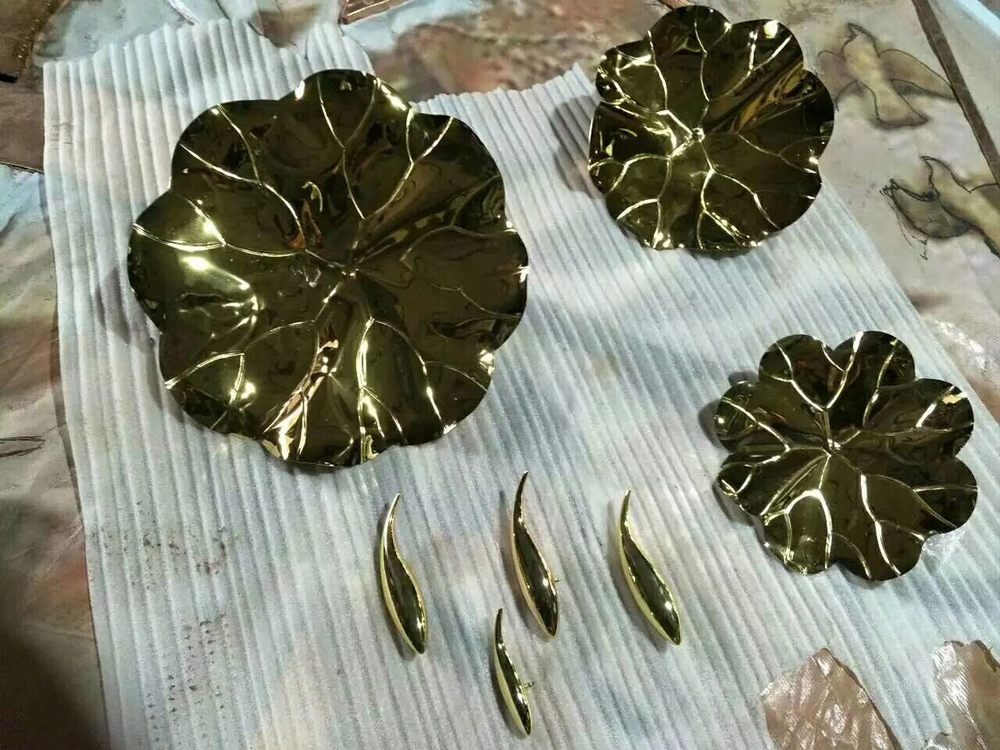
Insuring high-value stone sculptures requires careful planning and specialized knowledge to ensure adequate protection. Here are the key considerations to keep in mind:
1. Accurate Appraisal: Obtain a professional appraisal to determine the sculpture's current market value. This ensures your insurance coverage matches the artwork's worth and avoids underinsurance.
2. Specialized Coverage: Standard homeowners' insurance may not suffice. Opt for a fine art insurance policy that covers risks like accidental damage, theft, and natural disasters.
3. Storage and Display Conditions: Insurers often assess where and how the sculpture is stored or displayed. Climate-controlled environments and secure locations can lower premiums.
4. Transportation Protection: If the sculpture is moved frequently, ensure your policy includes transit coverage to protect against damage during transportation.
5. Documentation and Provenance: Maintain detailed records, including photos, certificates of authenticity, and ownership history. This simplifies claims and validates the sculpture's value.
6. Risk Mitigation: Implement security measures like alarms, surveillance, and restricted access to reduce risks and potentially lower insurance costs.
By addressing these factors, collectors and institutions can safeguard their high-value stone sculptures effectively. Consulting an art insurance specialist can further tailor coverage to your specific needs.

